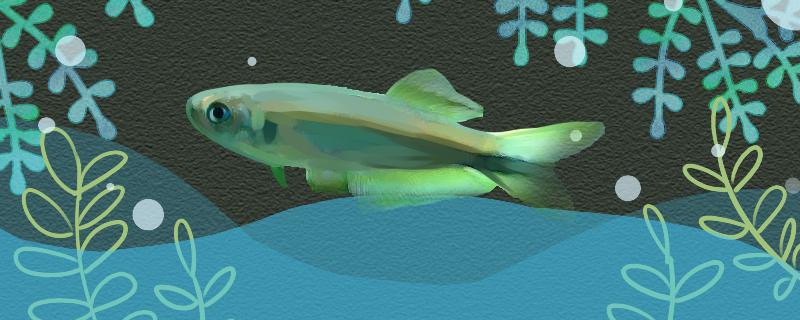
tricolor lantern fish? Tricolor lantern fish is a kind of small ornamental fish. They are mainly distributed in Brazil. Their breeding difficulty is relatively high. They need a special environment. They prefer to live in acidic soft water. When breeding in peacetime, try to arrange the environment more naturally. Lay fine sand in the fish tank and decorate it with more water plants. Give them the feeling of returning to nature, which will greatly improve their chances of survival. If you are a novice who has just started breeding, it is not recommended to start with this breed. You can first select some fish that are generally easy to breed, and slowly accumulate experience.
1, water temperature: tricolor lamp fish on the water temperature requirements are relatively low. Generally, it can be maintained between 20 and 26 ℃. They can survive well in this temperature range. This is because their adaptability to the environment is extremely high. Water temperature is not the most important thing for their survival. As long as the temperature is not very low, they can live in it freely.
2. Water quality: They do not have high requirements for water quality. However, unlike other fish species, neutral water is not enough. They generally require the use of acidic water. It is better to use acidic soft water, which is more suitable for their survival.
3. Feeding: They are omnivorous. They generally like to eat small invertebrates or crustaceans in the wild. It is recommended to feed special artificial feed. Feed every 1-2 days.